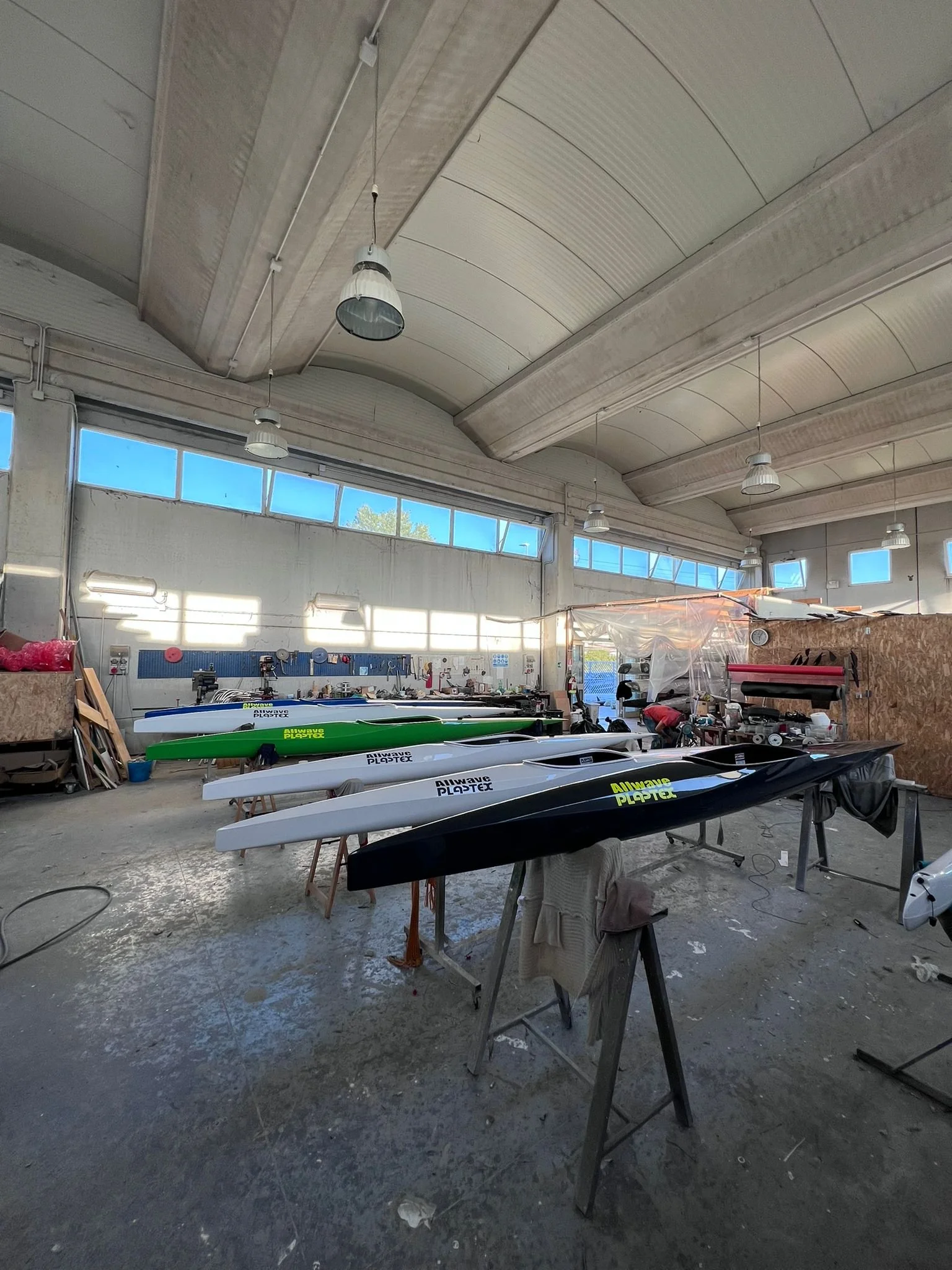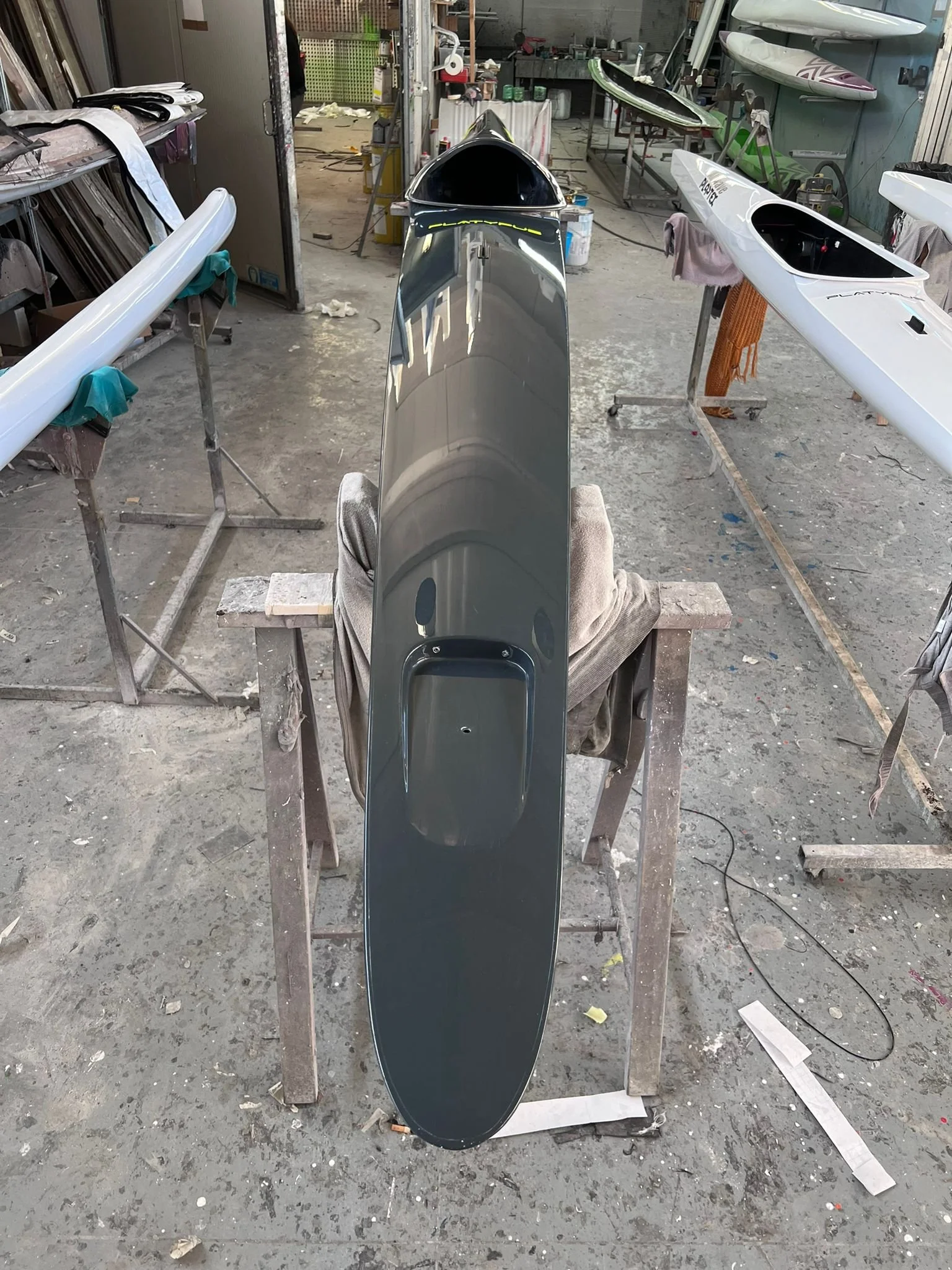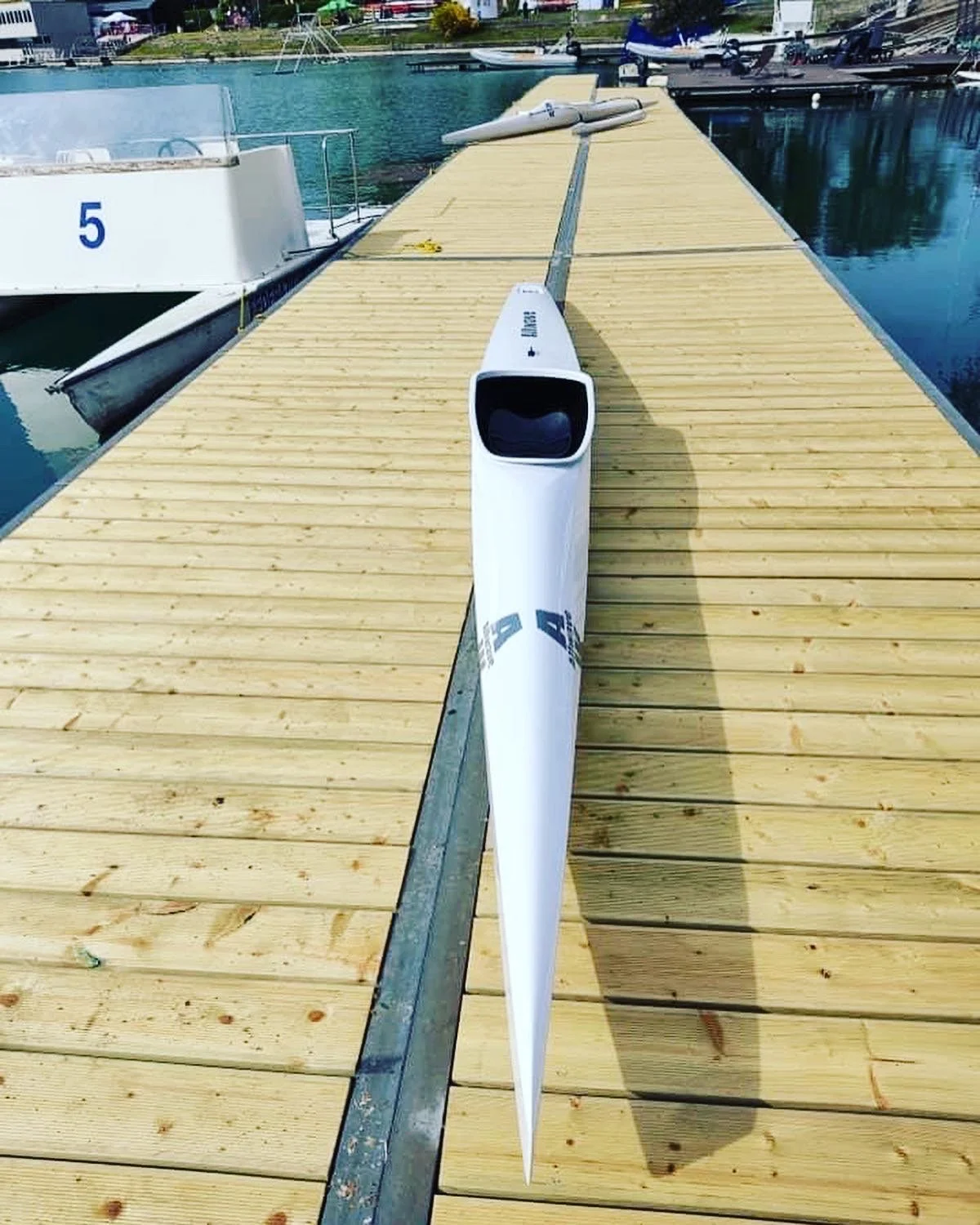k1 Platypus
k1 Platypus
Platypus K1 & K2
Designing the new K1 and K2 Platypus presented some exciting challenges for the Allwave Design Team. We tackled the design, first reviewing literature on past hull shapes, exploring new technologies and designs and applying our in-depth knowledge of hydrodynamic behaviours. In the past, hull shapes have been designed with the intention to reduce the drag and friction effect through the water. This has primarily been achieved by focusing on two desired objectives:
1. Maximum speed; and
2. Minimum Drag.
As far as we know from published data, existing designs have taken into consideration the race speed achieved based on the weight of the athlete. We believe there’s more to it. Specifically, other factors such as the Rolling Effect, Pitching Effect and Lateral Movement of the Stern are key factors in our approach to the new design and that’s what we have tried to address when developing the Platypus.
Keeping the existing designs in mind, we added to the mix the other effects (rolling, pitching and lateral movement of the stern) and improved in our opinion, the overall paddling experience and performance. These developments aren’t easy to address, and we invite our customers to try the new hull design.
Additional factor rationale:
Rolling Effect:
When this applies, forward motion generates a turbulence in the water when advancing. This is not easy to appreciate, but when it occurs you can spot bubbles approx. 4-5m from the stern as the K1 passes by. This effect is drastically reduced in the Platypus. We don’t eliminate the rolling of the K1 but its behaviour when this occurs. This is possible due to the innovative hull shape.
Pitching Effect:
This effect is characterized by the rising and falling of the bow and stern in much the same way. This is substantially reduced in the Platypus as the stern is wider (than any other K1 in commerce) and prevents sinking, with the same wet surface area compared to the other K1 and K2 (The Platypus is also available in the K2 option).
Lateral Movement of the Stern:
This is the hardest effect to reduce, as it is intrinsic in the paddling motion. Specifically, the paddler would shift the K1 in a zig zag motion due to the motion with every stroke. In fact, the paddler generates momentum where the lever arm is the distance from where the paddle/catch occurs on the water and the fix point being the coccyx. This zig zag motion while advancing shifts water laterally, mostly in the stern area. The rounded hull shape in the Platypus reduces this effect substantially.
The above effects are difficult to simulate in the laboratory. Especially all at the same time. We recommend people give the Platypus a go and experience it. We’re very proud to have been able to commercially produce this kayak with the hope that paddlers around the world will appreciate the design intent.
Note:
Designed by Allwave
Built by both Allwave and Plastex














